Digital Accessibility: What is it and why is it important?
Digital Accessibility is an oft-overlooked aspect of modern-day life, and as such, it’s more important than ever to discuss and highlight.
With so much of our lives being conducted online, from doctor’s appointments to food shopping, it’s essential that everyone has access to online services, and we don’t just mean having an internet connection.
What is digital accessibility?
Accessibility has come to mean the ability of everyone, regardless of their condition, disability, or financial situation, to have access to something.
Disability access drills down into this and specifically means that anyone who experiences disabilities in any form should have access to products, services, or environments.
Digital accessibility is a way to make everyone (especially disabled people) to have access to the internet and its contents.
Now, this doesn’t just mean giving people a broadband connection. Digital accessibility means that people with disabilities can perceive, understand, navigate, interact, and contribute online.
Why is it important?
Accessibility is all about inclusiveness, a way to ensure that no one is excluded.
Excluding those with disabilities, whether deliberately, accidentally, or simply through a lack of understanding, is not only unethical but also illegal.
With the internet now a part of our everyday lives, it’s important that no one is put at a disadvantage because they can’t navigate the online world as easily as others.
Banking, entertainment, shopping, communication… almost everything we do now is via the internet, so ensuring that disabled people can access everything is an integral part of a society.
The Bureau of Internet Accessibility
The Bureau of Internet Accessibility (BoIA) has been helping eliminate the accessibility digital divide for 20 years, helping organisations improve the accessibility of their websites for disabled people.
The BoIA identifies a website/app’s barriers for people with hearing difficulty, testing for the impact they might have on users.
The first thing they look for are Closed Captions and/or transcripts on any audio the site features.
We’ve talked before about why Closed Captions are so important, but they convey more than just the dialogue on the screen.
Professional Closed Captions should also identify the speaker, include sound effects and music, and any other auditory information.
They must also be in sync with the spoken and auditory content in real-time.
How we can help
Does your website or App offer digital accessibility? Would it pass the Bureau’s audit?
If not, we can help.
Our captioning services are the best in the country.
There are two main types of offline captioning; closed captions and open captions.
With closed captions, viewers can turn them on and off as needed, and can alter their font and size, whereas open captions are permanently visible on your video, and the viewer cannot adjust the font or size.
With years of experience and hundreds of satisfied clients, you can rely on us for all your offline captioning requirements.
All our captioning work is checked as part of our commitment to quality, with time-coding, translations, and mastering all available upon request.
We provide subtitles in over 30 document formats, including SBV for YouTube, .STL for DVD Authoring, or XML for Final Cut Pro.
If you would like to know more about digital accessibility requirements or how you can make sure your site is more disability-friendly, then contact us today.

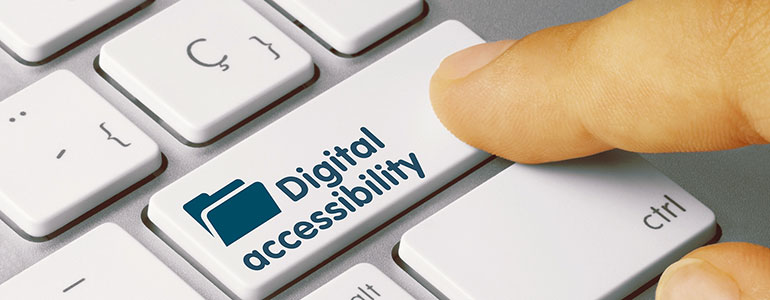
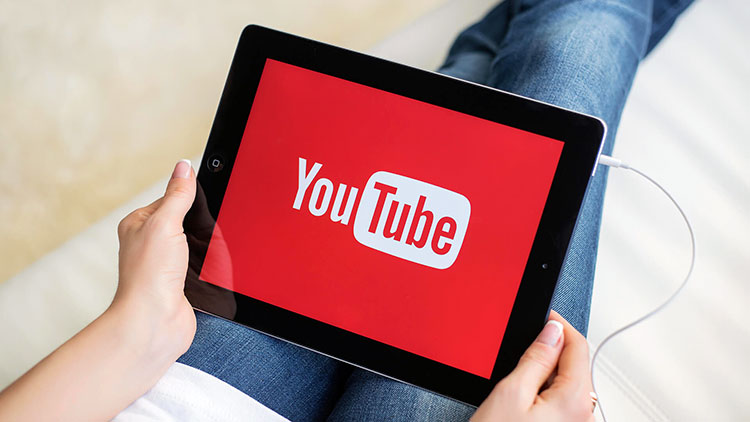




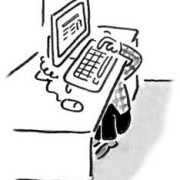
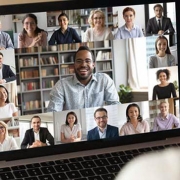
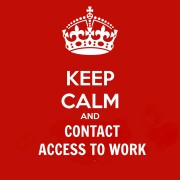


Leave a Reply
Want to join the discussion?Feel free to contribute!